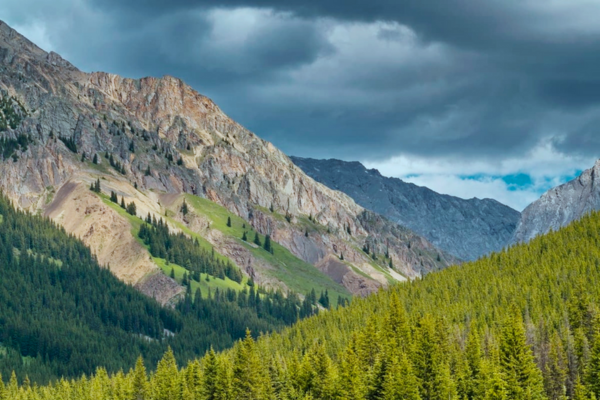The forests of Southern Alberta provide water, sustain fish and wildlife, and offer some of the province’s best opportunities for recreation and tourism. But pressures on our lands and resources are mounting. Good land-use planning ensures that our public lands are properly managed with and for Albertans.
In 2014, the South Saskatchewan Regional Plan authorized the development of a Land Footprint Management Plan (LFMP) and Recreation Management Plan (RMP) for the Porcupine Hills and Livingstone regions (encompassing the public lands between Kananaskis Country and the new Castle parks near Waterton). The Government of Alberta recently released the draft LFMP and RMP for public comment. These new plans are an important step in preserving our outdoor heritage and protecting Alberta’s headwaters now and for future generation. They will also set a precedent of public land management that could be applied to other key headwaters regions in Alberta.
For the past three years, CPAWS Southern Alberta has been working with the Porcupine Hills Coalition, using common values to achieve conservation objectives. The coalition which, includes ranchers, grazing associations, landowners, local stewardship groups, municipal governments and ENGOs representing both private and public land, works together to communicate the ecological and social value of the Porcupine Hills and the need for strong science-based footprint limits and responsible recreation plans. We have been an important voice to influence the draft plans to include strong measures to protect headwaters and wildlife in southern Alberta.
The draft plans:
- Place hard limits the number of allowable roads and trails to protect wildlife, native fish, and headwaters health. These limits are based on scientific research that indicates levels at which sensitive species like grizzly bear and elk start to avoid habitat, and levels at which stream health and native fish begin to suffer. This would mean a big reduction in the vast number of existing roads and trails, which currently exceed these thresholds by 4-5 times.
- Drastically reduces unregulated motorized trails, while still providing over 350km of designated motorized trails in the region. These trails must stay below thresholds and away from sensitive areas such as trout streams, important habitats, and private homes that border public land.
- Reserve areas for those of us who enjoy hiking, fishing, camping, birding, and hunting in quiet, undisturbed landscapes.
- Include commitments to restoring existing landscape damage.
While the plans aren’t perfect, they were developed using science as a base and with the input of a wide-range of stakeholders to ensure all users have sustainable recreation opportunities, while protecting our important headwaters region. However, there is also a strong organized lobby of some off-highway vehicle (OHV) users who want to maintain the status quo of unregulated and unlimited motorized use. The government needs to hear public support for these proposed plans. We could yet lose what is our best chance to finally put responsible stewardship values ahead of overuse and abuse of our Eastern Slopes.
To hear why some of the users of the Porcupine Hills and Livingstone regions think these plans are important, watch these short videos.
More News

All-Seasons Resort Policy Released

Critical Habitat and Industry Lobbying Part 4: How DFO Allows Critical Habitat Destruction


